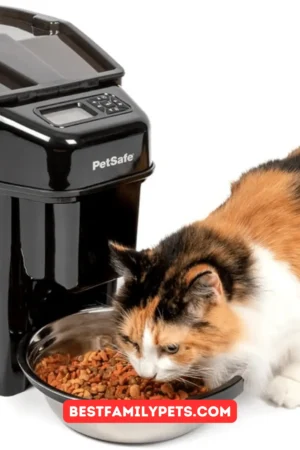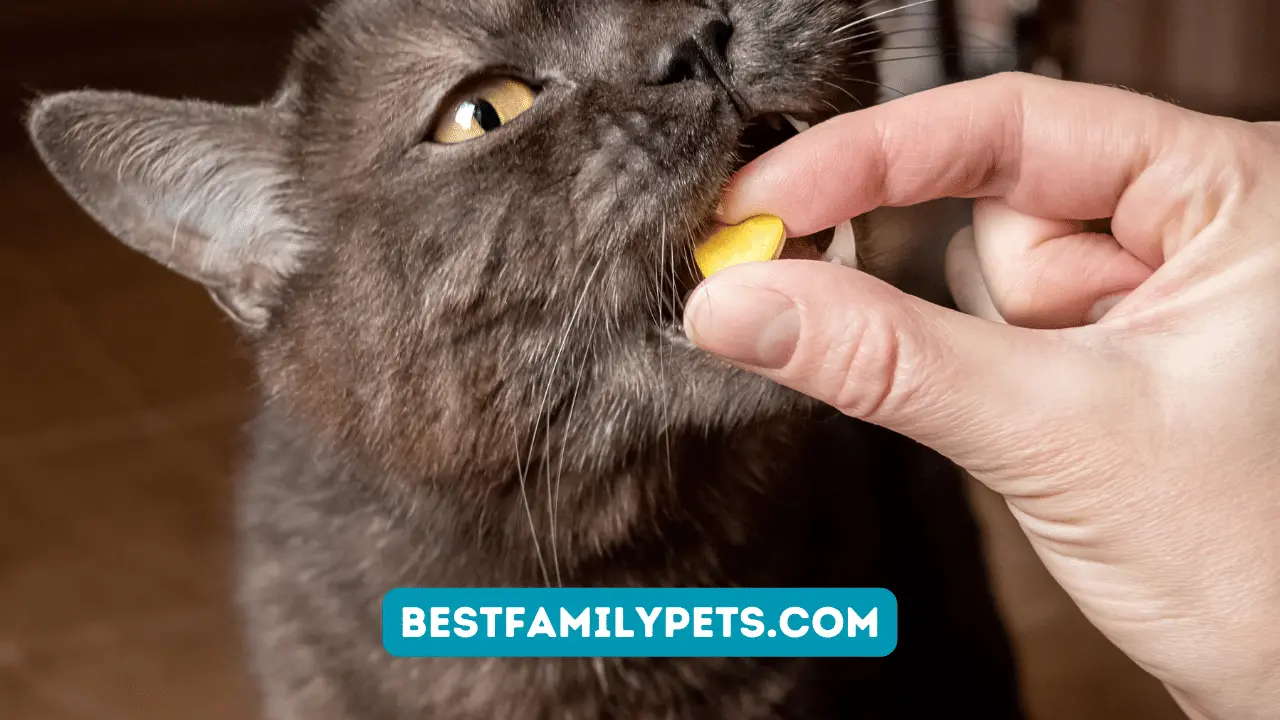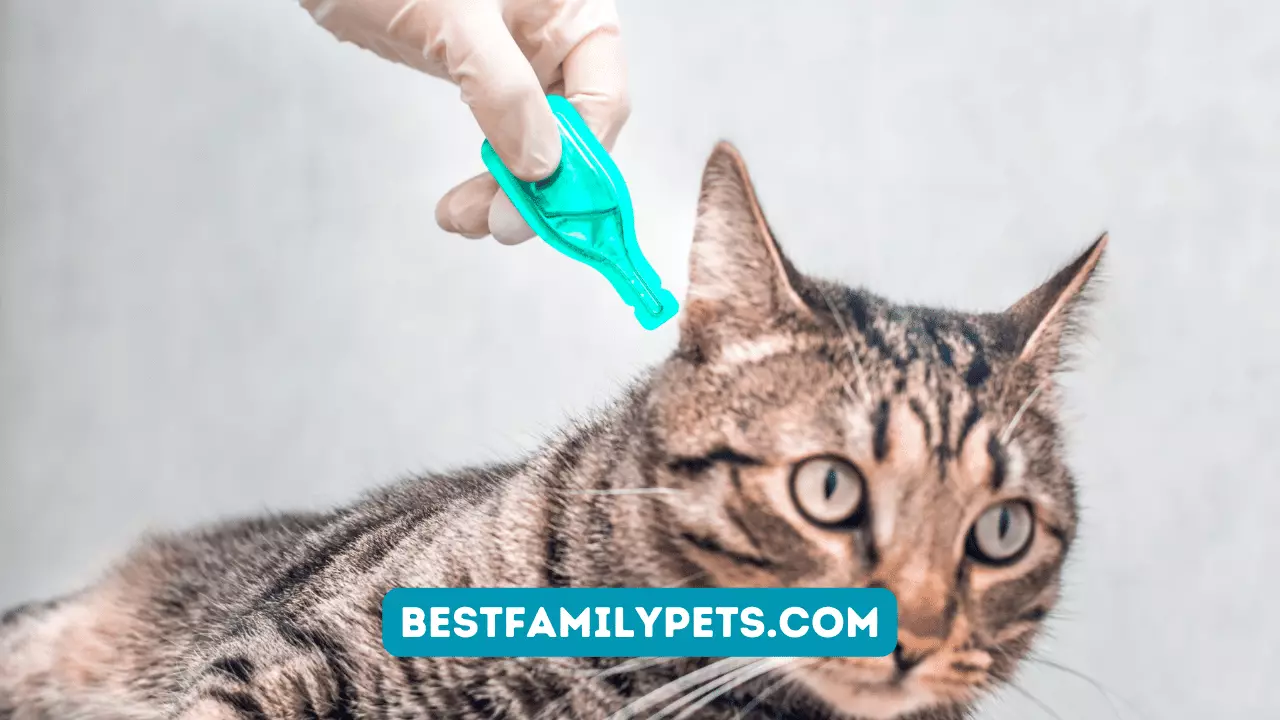Best Ways to Treat a Cat with Upper Respiratory Issues
Is your cat suffering from upper respiratory issues? Discover the best ways to provide relief and care for your furry friend’s symptoms here.
Unlike lots of wild animals, property owners or cat owners who are worried about the animals typically feed feral cats. When feeding feral cats, the people feeding the cat may observe that the cat is struggling with numerous illness for example deadly upper Respiratory Illnesses. Treating the feral cat can be challenging; however, it deserves the effort when the cat has the ability to live its life healthily. Treating the cat of issues like upper breathing issues will need that the cat be on hand and able to get medication. The cat can be captured by hand or using a trap. Traps are normally metal and have to have food put in them to capture the cat.
Symptoms of Upper Respiratory Issues in Cats
Here is a list of common symptoms that a cat with upper respiratory issues may exhibit:
- Sneezing: Frequent or repetitive sneezing, often accompanied by discharge from the nose.
- Nasal discharge: Runny nose, which can range from clear to thick and colored (yellow or green).
- Congestion: Difficulty breathing due to nasal congestion, leading to audible snoring-like sounds or wheezing.
- Coughing: Persistent coughing, often accompanied by gagging or retching.
- Watery or red eyes: Excessive tearing or redness in the eyes, indicating inflammation or irritation.
- Conjunctivitis: Inflammation of the conjunctiva (the tissue lining the inner eyelids and the whites of the eyes), causing redness, discharge, or squinting.
- Lethargy: Unusual tiredness or lack of energy, with reduced appetite and playfulness.
- Loss of appetite: Decreased interest in food or refusal to eat.
- Fever: Elevated body temperature, often indicated by warm ears, nose, or paws.
- Ulcerations: In severe cases, there may be sores or ulcerations on the mouth, tongue, or throat.
Please note that these symptoms can vary in severity depending on the underlying cause of the upper respiratory issue. It is important to consult a veterinarian for a proper diagnosis and appropriate treatment for your cat.
How to Treat a Cat with Upper Respiratory Issues
Cats are susceptible to upper respiratory infections, which can cause symptoms such as sneezing, coughing, runny nose, and fever. Here are some ways to treat a cat with upper respiratory issues:
Provide Supportive Care
Provide your cat with a quiet and comfortable place to rest. Encourage your cat to eat and drink by offering wet food and water frequently. Use a humidifier to help soothe your cat’s nasal passages.
Administer Medication
Your veterinarian may prescribe medication to help relieve your cat’s symptoms. This may include antibiotics to treat a bacterial infection, antiviral medication for a viral infection, or anti-inflammatory medication to reduce inflammation and ease breathing.
Clean and Disinfect
Clean and disinfect your cat’s food and water bowls, litter box, and bedding frequently to prevent the spread of infection. Use a disinfectant that is safe for cats, and wash your hands thoroughly after handling your cat.
Preventive Measures
Preventive measures can help reduce the risk of upper respiratory infections in cats. Keep your cat up-to-date on vaccinations, and avoid exposing your cat to other sick cats. Practice good hygiene by washing your hands before and after handling your cat.
Conclusion
If your cat is showing symptoms of an upper respiratory infection, it’s important to seek veterinary care. With supportive care, medication, and preventive measures, you can help your cat recover from an upper respiratory infection and prevent future infections.
You may also like these:
-

Review: PetSafe Simply Feed Automatic Feeder
Are you a busy pet parent who struggles to maintain a consistent feeding schedule for your furry friend? The PetSafe Automatic Feeder might is here.
-



Review: JW Pet Skid Stop Slow Feed Bowl
Does your dog inhale their food in seconds flat? If so, you might be interested in trying a JW slow feeder bowl.
-



Review: Dogit Slow Feeder Dog Bowl
Does your furry friend devour their meals in a flash? If so, you might want to consider a Dogit slow feeder bowl.
-



Review: Outward Hound Fun Feeder Slo Bowl
Does your dog inhale their food in seconds flat? If so, you might be interested in trying a slow feeder bowl.
-



Review: NMN Products Raised Dog Bowls
NMN Products offers a selection of raised dog bowls known for their stylish designs and focus on pet comfort.
-



Review: Pet Zone Adjustable Elevated Pet Feeder
The Pet Zone Designer Diner Adjustable Elevated Pet Feeder aims to elevate your pet’s mealtime experience in both form and function.
-



Review: FOREYY Raised Pet Bowls for Small and Medium Dogs
Looking for a simple and affordable way to elevate your small or medium dog’s mealtime? The FOREYY Raised Pet Bowls might be the perfect option for you.
-



Overview of DNA Testing for Belgian Malinois Dogs
Unleash insights about your Malinois! Explore “DNA dog test for Belgian Malinois” to discover breed, health & behavior traits.
-



Dog Clippers: Which Is the Best for Shih Tzu?
Unmask the best dog clippers for Shih Tzus! Discover key features, top picks, and expert tips for a flawless, stress-free groom at home.
-



Wiry Doxie: Exploring the Wire haired Dachshund
Discover Wire haired Dachshund personality, history, characteristics, facts & unique traits. Learn about wire haired dachshund puppies & responsible ownership.
-



Ringworm in Cats
Learn about ringworm in cats, including causes, symptoms, diagnosis, treatment, and prevention. Keep your feline friend healthy!
-



Can Dogs Drink Almond Milk?
Curious if your dog can enjoy almond milk? Discover the answer, safety tips, and what to avoid. Learn: Can dogs have almond milk? #candogdrinkalmondmilk
-



Best Ways to Treat a Cat with Upper Respiratory Issues
Cat Antibiotics, Cat Respiratory Health, Cat Upper Respiratory Infection, Home Remedies for Cat URI, Treating Cat URIIs your cat suffering from upper respiratory issues? Discover the best ways to provide relief and care for your furry friend’s symptoms here.
-



What is Sign of Cat illness?
Cat Health Check, Cat Health Symptoms, Common Cat Health Problems, Signs of Cat Illness, When to Take Your Cat to the VetDecode feline health signals! Recognize the telltale signs of cat illness and ensure prompt care for your beloved feline companion.
-



Hemp Oil vs. CBD Oil For Dogs
Confused about Hemp Oil vs. CBD Oil for dogs? Learn the key differences & which might be better for your pup’s needs.
















